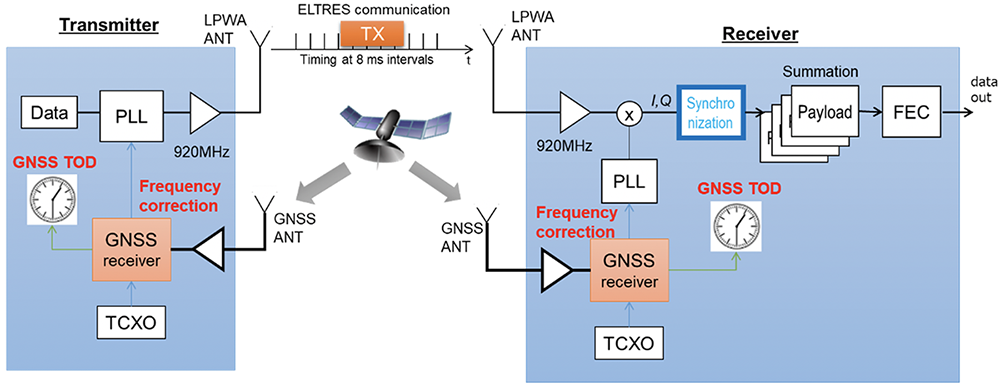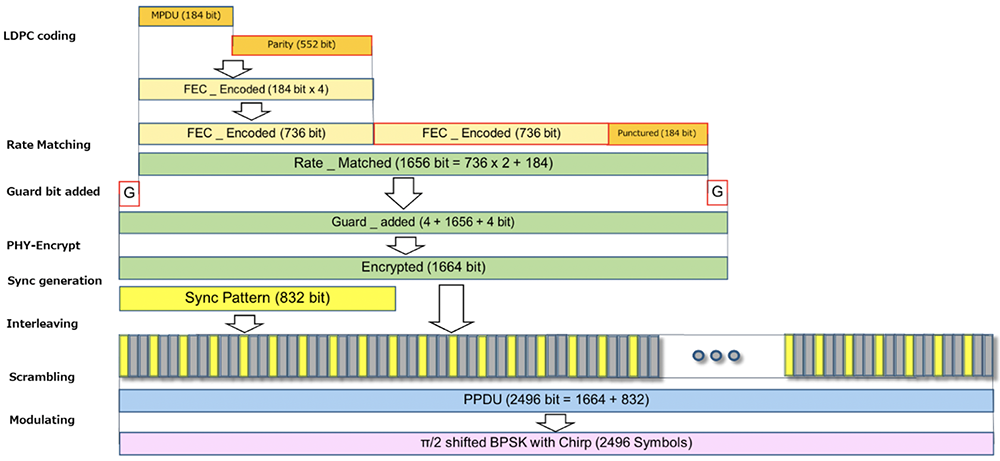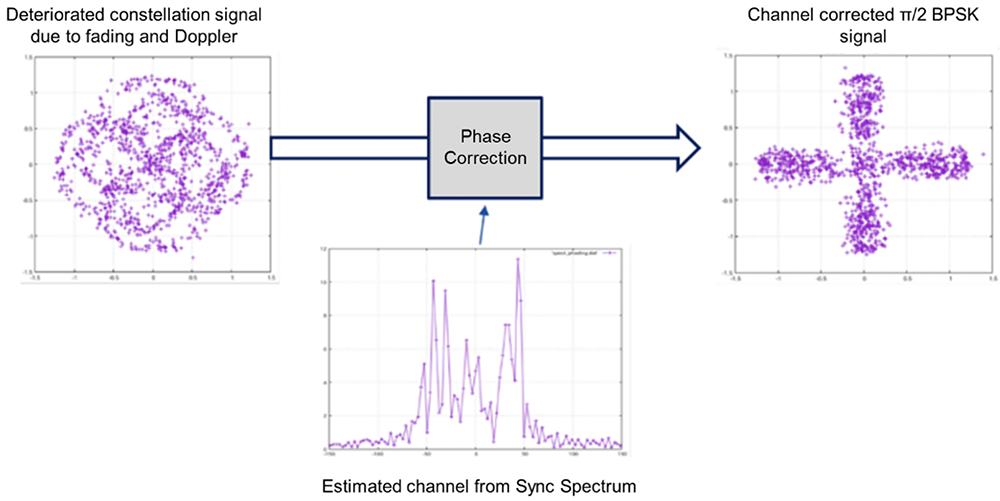Sony's LPWA ELTRES Technology for Long-Range and Stable Communication
― ELTRES, its Origins and Fundamental Technologies ―
Note: This article is an English translation of the Japanese blog post (https://eltres-iot.jp/blog/blog-009/) from September 9, 2020.
One of the features of ELTRES is long distance and stable communication. With only 20 mW of radio wave output, it can cover the entire Tokyo area with only several base stations including Tokyo Skytree. In this first installment of the ELTRES development team blog we’ll introduce the origin of ELTRES technologies as well as the fundamental technology concepts.
Technology Beginnings
It was more than 10 years ago. Connecting thousands of sensors to the Internet was imagined opening up a new era; a “sensor network” was considered to be the future technology. Here's a comment from a lecture that reflects the thinking at that time :
"Wireless is unreliable and unusable. The future is a wired sensor network in which all sensors are connected by wires."
A lecture at a conference in Boston reflected the voices of people in the field
"Radio equipment has a function to adjust the strength of radio waves to low, medium, or high. It is common sense for field workers installing such equipment to set the radio wave intensity to "high" whether the radio wave condition is good or bad. And even if the wireless communication device is installed in a "high" state with sufficient margin, wireless communication may still be interrupted."
In this way, the challenge of wireless communication is "communication instability". I think the interruption of the data from the sensor is a tremendous stress for the user.
Another factor that is closely related to this stability is "communication distance". To realize wireless communication services with low investment costs, it is necessary to realize long communication distances. However, over long distances, the signal level drops, and the communication becomes increasingly unstable.
So where does the instability come from and how can it be resolved? If Sony's technology can be integrated into a stable long-distance radio, it will become a core competence that will open the way for the future. ELTRES was developed with this in mind. Next, we would like to explain the fundamental ELTRES technologies which realizing long-distance and stable communications.
Principle of long-distance communication
As the communication distance increases, the received signal becomes smaller and eventually becomes buried in noise. But the signal doesn’t disappear. As you collect and add a lot of incoming signals (called integration), you can eventually see the signal buried in the noise. Long-range communication technologies such as spread spectrum, Sigfox, and LoRa use this principle to detect weak signals and increase communication distance. ELTRES uses the same technology to reduce noise and increase communication distance by accumulating multiple incoming signals.
The difficulty of accumulation = Synchronization Problem
In an ideal environment, such as a laboratory, it is easy to collect and "accumulate" received signals. However a person with a transmitter may move. When the communication distance changes by half a wavelength (about 16 cm ) due to movement, the communication time is delayed by 0.5 nanoseconds and the polarity of the received signal is reversed. (That is, the positive signal becomes a negative signal.)
Adding together inverted signals to "accumulate" cancels the waveform and has the opposite effect. In order for the "accumulation" to work well, it is important to adjust the timing of the collected received signals exactly and without error. This timing is called synchronization in technical terms. Wireless instability mentioned above can be caused by poor synchronization. So ELTRES was born with two novel ideas about synchronization.
Synchronization Idea No.1 : GNSS Assistance
ELTRES receives radio waves from GNSS satellites and calibrates the clock inside the transmitter before transmitting. Since each GNSS satellite carries a cesium atomic clock, the ELTRES system clock calibrated with GNSS signals is extremely accurate. This is used to achieve timing (synchronization) in both sending and receiving, so ELTRES is much less likely to be out of sync in the event of interference.
*ELTRES uses the 920 MHz band with a wavelength of approximately 32 cm.

Synchronization Idea No.2 : Embedded Reference Signal
Communication signals sent by ELTRES have a characteristic that other communication systems do not have. That is that the reference signal is embedded frequently. In ELTRES, every third bit of the data is a 1-bit reference signal. (See the "Sync Pattern" in the figure below, which shows the reference signal being embedded during interleaving).


In future ELTRES development team blogs, we would like to report the results of experiments in which we were able to receive radio waves stably from distant mobile objects (cars and ships). Many of them rely on the two synchronization schemes mentioned above.
Contact Us
For inquiries about Sony Semiconductor Solutions Group and products / solutions, specifications, quotation / purchase requests, etc., please contact us using the Inquiry form from the button below.
